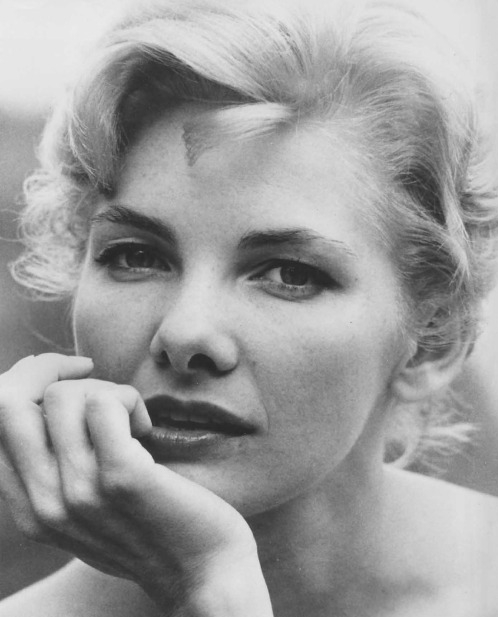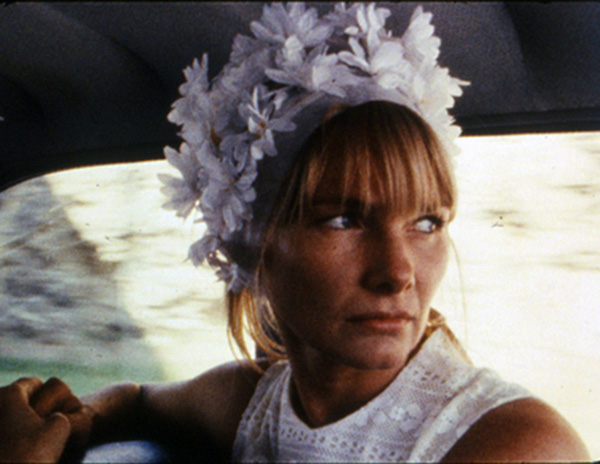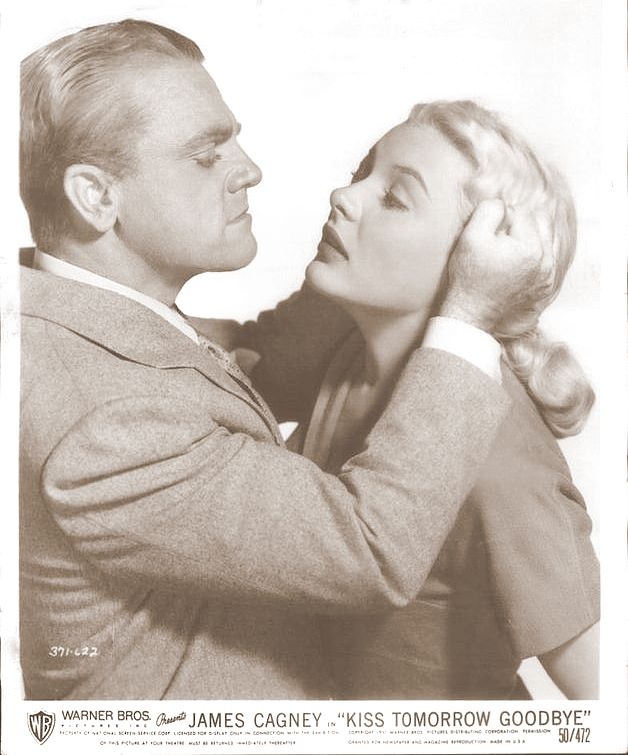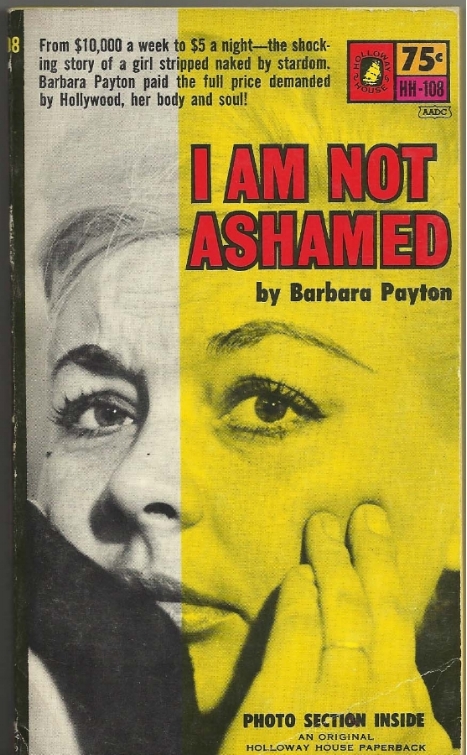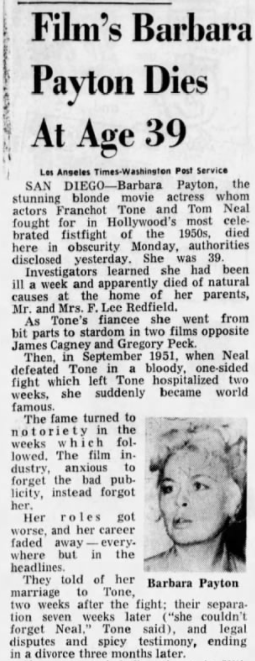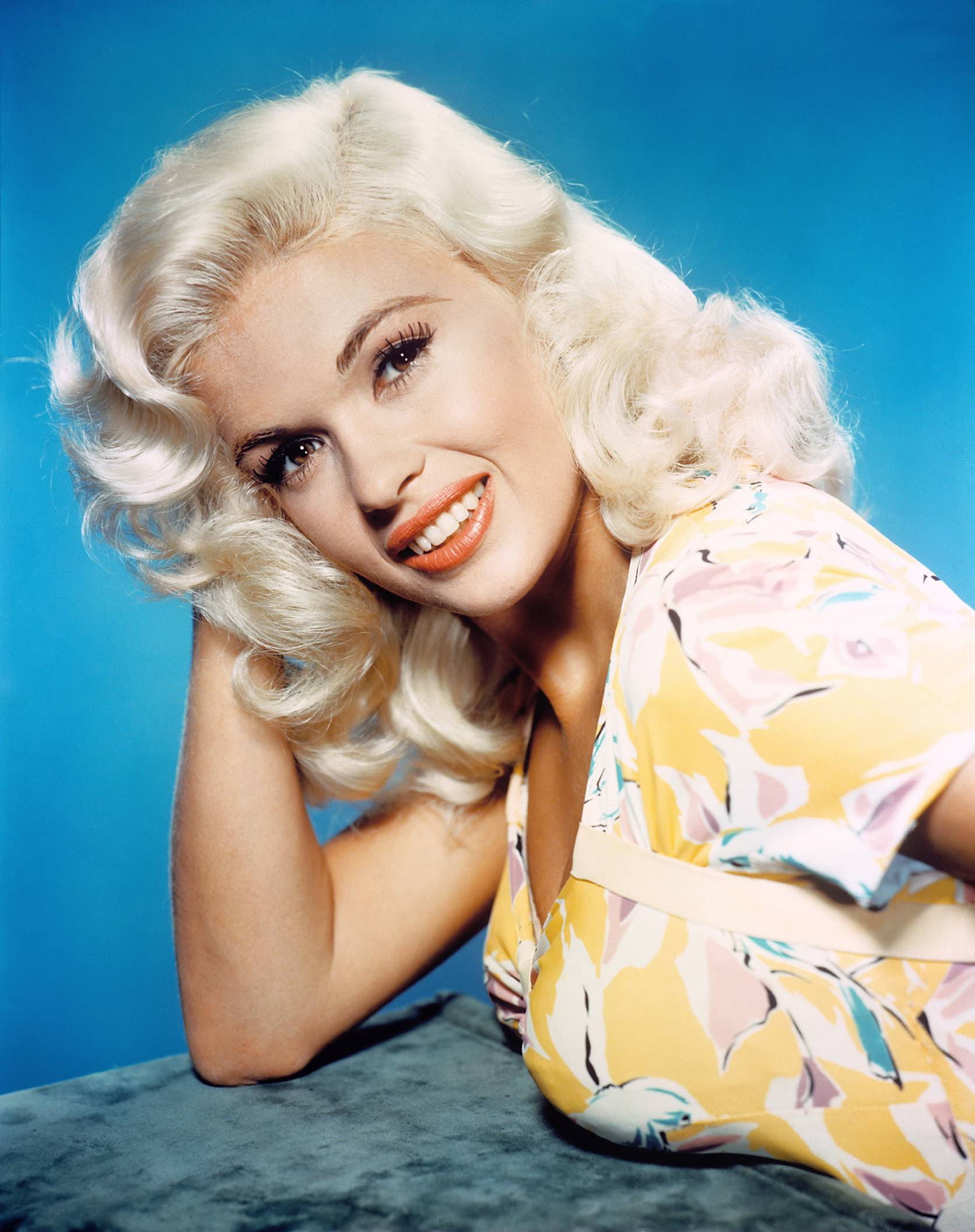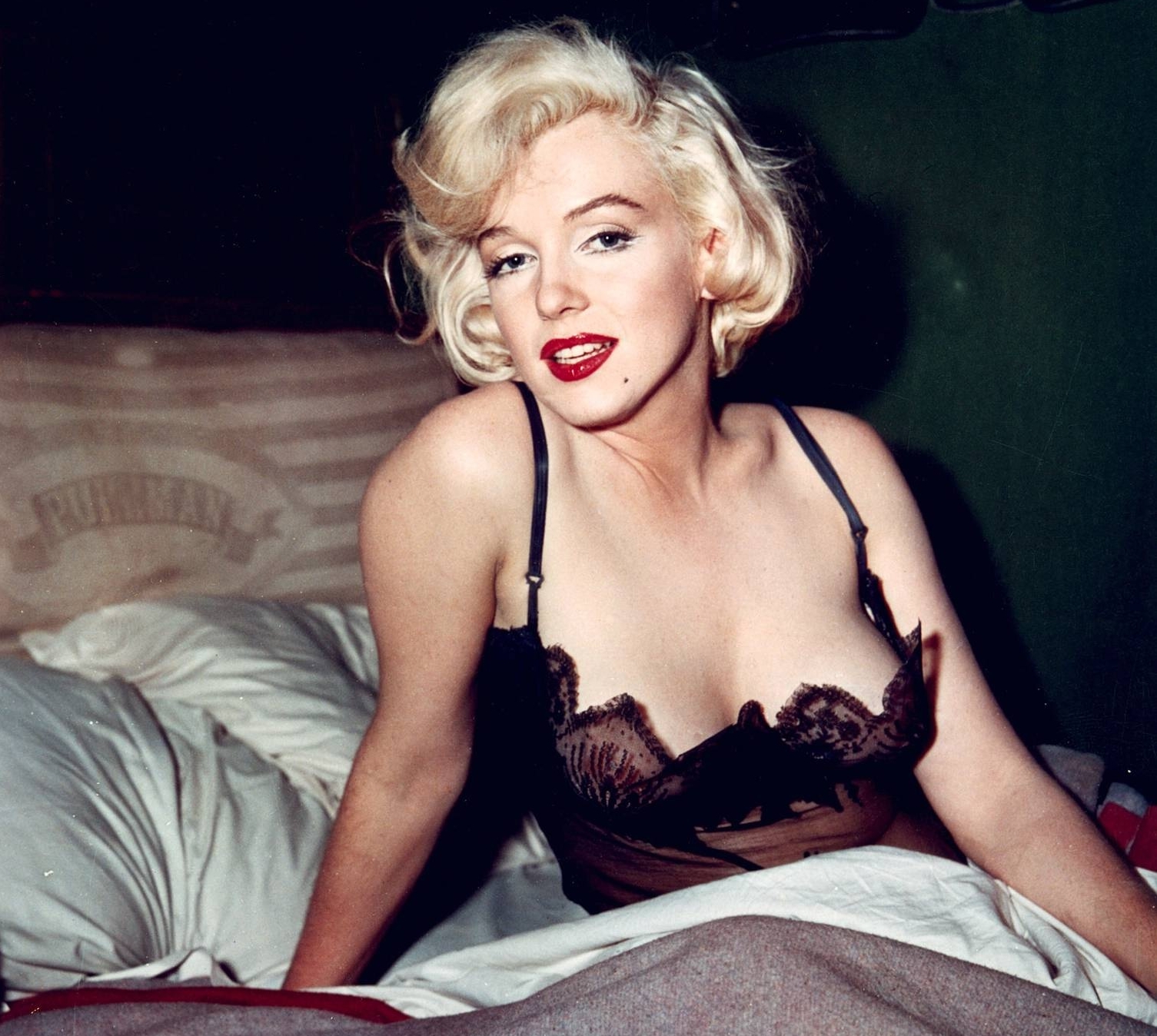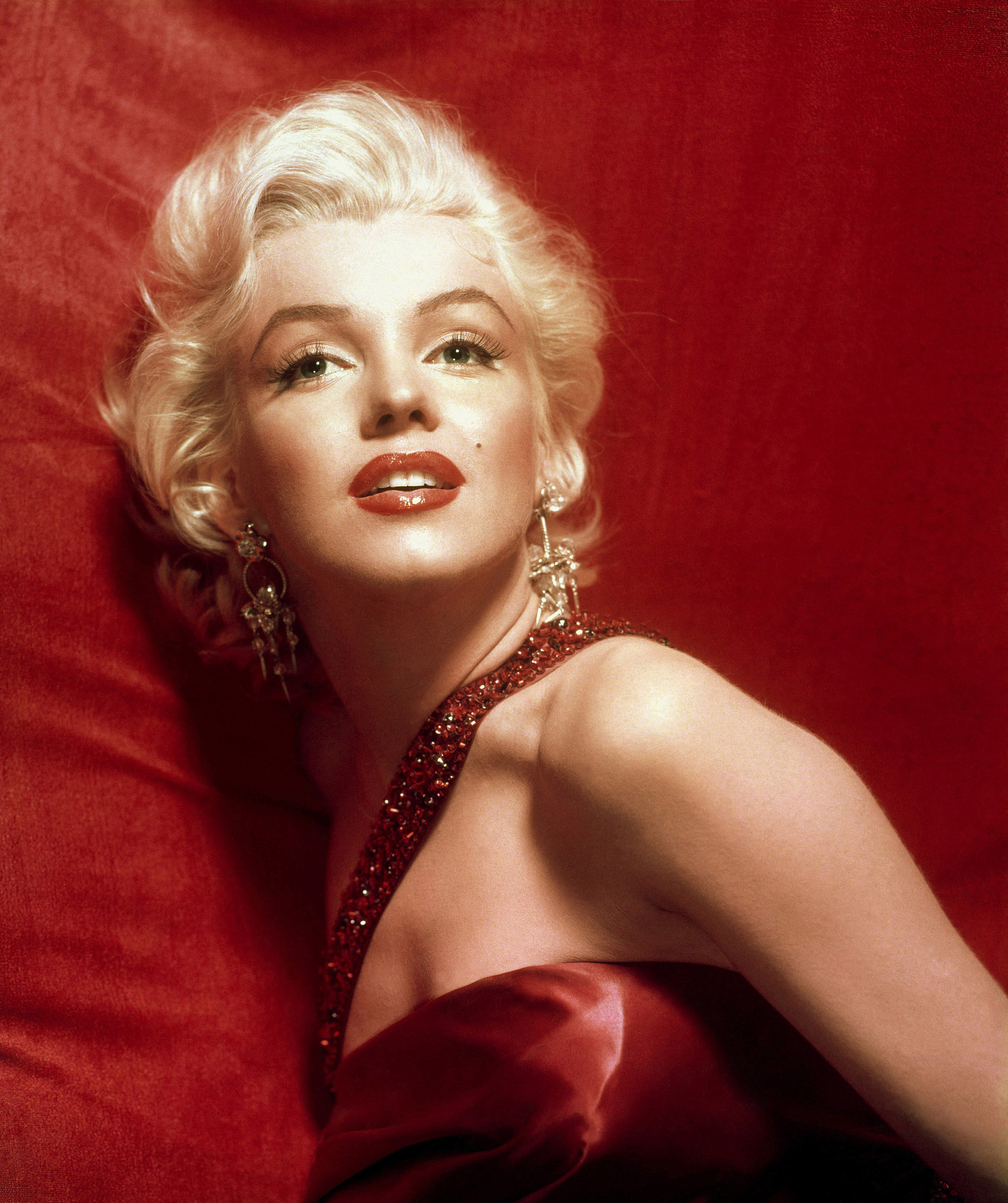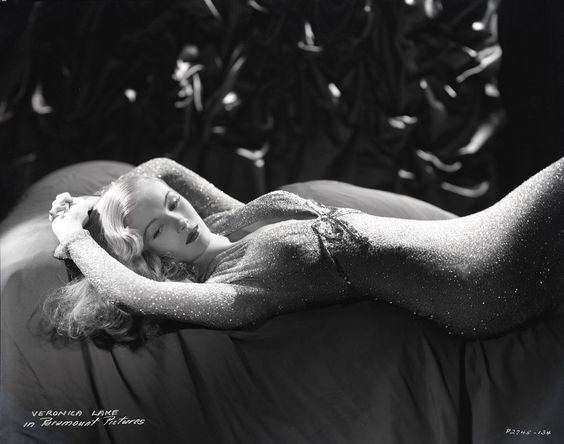Listen to this episode on Apple Podcasts.
Introducing our new series, “Jean and Jane,” exploring the parallel lives of Jane Fonda and Jean Seberg, two white American actresses who found great success (and husbands) in France before boldly and controversially lending their celebrity to causes like civil rights and the anti-war movement. Fonda and Seberg were both tracked by the FBI during the Nixon administration, which considered both actresses to be threats to national security. But for all their similarities, Jane and Jean would end up on different paths. They also started from very different circumstances. Today we’ll track Jane’s difficult upbringing with her famous but absentee father and troubled mother, and the path of privilege -- and tragedy -- that led her to the Actor’s Studio. Meanwhile, in small town, church-dominated Iowa, Jean Seberg announced herself as the town rebel at age 14 when she joined the NAACP. Three years later, she was plucked out of obscurity by a mad genius movie director to star in one of the highest-profile Hollywood movies of the late-50s.
SHOW NOTES:
Sources:
Jane Fonda: The Private Life of a Public Woman by Patricia Bosworth
The World and Its Double: The Life and Work of Otto Preminger by Chris Fujiwara
Played Out: The Jean Seberg Story by David Richards
The anti-Jane Fonda video mentioned in this episode.
Music:
All of the music used in this episode, with the exception of the intro and outro, is from royalty-free music libraries and licensed music collections. The intro includes a clip from the film Casablanca. Outro song: "Modern Girl" by Sleater-Kinney. Excerpts from the following songs were used throughout the episode: "A Trace of Light 2" by Magnus Ringblom, "Memories of November" by Martin Landh, "Widows Dance" by Hakan Eriksson, "Musique A La Carte" by John Ahlin, "Mediterranean Mix 10" by Stefan Netsman, "Upbeat Flatfeet 2" by Martin Gauffin, "Les Beaux Jours" 3 by Martin Gauffin, "Ambient Acoustic Guitar 18" by Anders Ekengren, "Ripples" by Peter Sandberg, "By the Lake in the Evening" by Franz Gordon, "Gypsy Guitar Swing" by Martin Carlsberg, "Discretion" by Peter Sandberg.
Sponsors:
This episode is sponsored by Winc, Squarespace and Audible.
Credits:
This episode was edited by Sam Dingman, and produced by Karina Longworth with the assistance of Lindsey D. Schoenholtz. Our logo was designed by Teddy Blanks.




